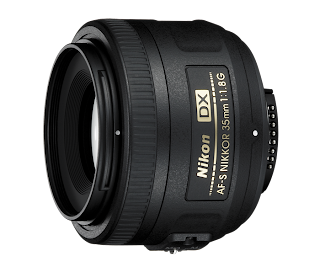35mm Lens
As a professional photographer or a photography enthusiast should also know how to use many different lenses. Because each different circumstances, different purposes, in addition to photography skills, the lens also plays a role far more important. I show you how to use the 35mm lens.
How to Use any 35mm Lens
Although the body of a camera captures the image and stores it on either film or digital media (such as a SD memory card), it is the lens that focuses the light and adjusts the view of the image content. This is especially true with all 35mm SLR cameras. When new to 35mm cameras (both digital and film based) there are a few basic features regarding the camera any individual needs to know before using it.
Adjust 35mm Camera Lens Focus
Set the SLR (or digital SLR) camera to "Manual Focus." Although most cameras have an auto-focus feature on it, the camera may tend to focus on the wrong object, especially when objects are of different distances from the camera (such as a tree in the foreground and a person in the background).
Rotate the focus ring at the front of the camera lens. This adjusts the overall clarity of the image. The user of the camera needs to make sure to wear any corrective lenses their eyes require while using the camera. Otherwise what the individual may see as correct ends up looking blurry once processed.
Adjust 35mm Camera Lens Zoom
Rotate the zoom ring on the lens. This pushes the images closer to the camera or further away. Although some lenses are "Prime" lenses, meaning it does not change focal length, standard lenses that come with 35mm cameras often allow the user the ability to adjust the focal distance.
Remove 35mm Camera Lens
Hold down the locking button to the side of the 35mm lens. All 35mm cameras allow the user to remove the lens. This is helpful if someone wants to place on a telephoto lens or a lens specialized in capturing images up close (macro lens). While holding down the locking button, the individual needs to turn the lens to the left (when facing the front of the camera). The lens turns and unlocks, then pull the lens free and place it in a safe container.
Look at the top of the replacement lens. There is a small dot (usually red). Find the matching dot on the open gap where the lens connects to the camera and slide it into place. Turn the lens to the right and it locks into place.
35mm lenses allow users of film and digital SLRs the ability to manually adjust both the focal length of a camera and the focus of the camera. This gives added control over those cameras that only give an automatic focus and digital zoom feature.
Regard!
Back to 35mm lens




